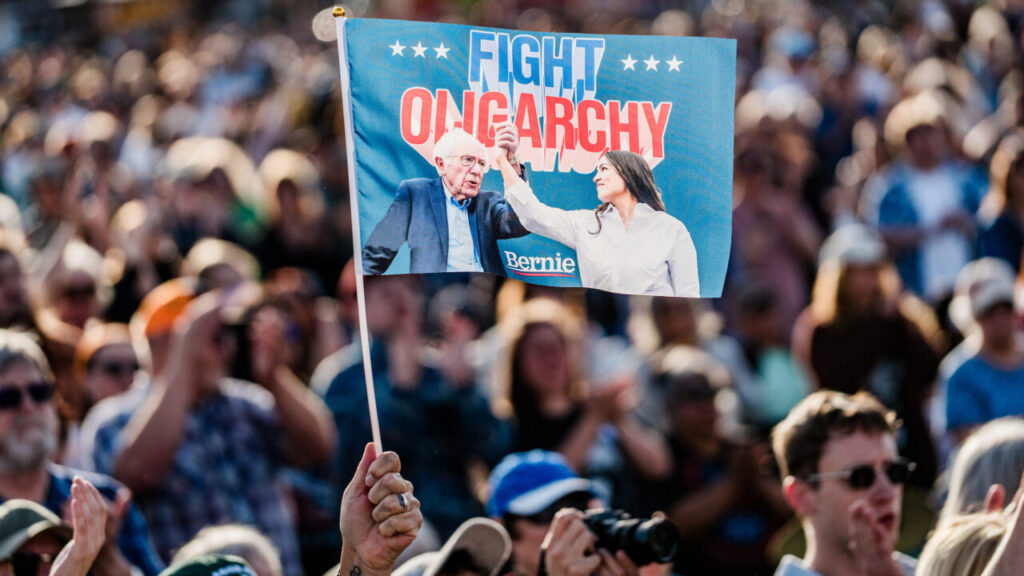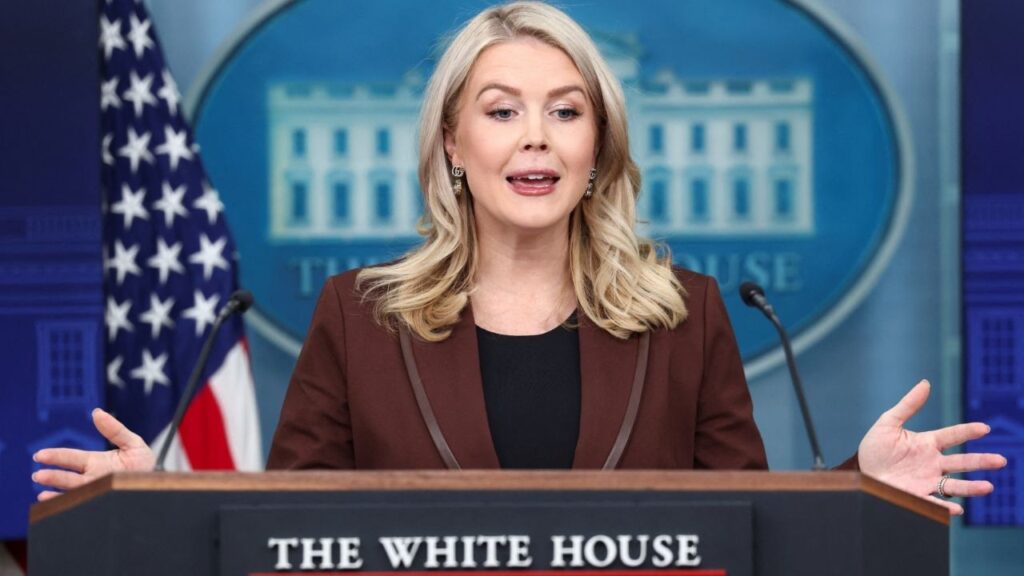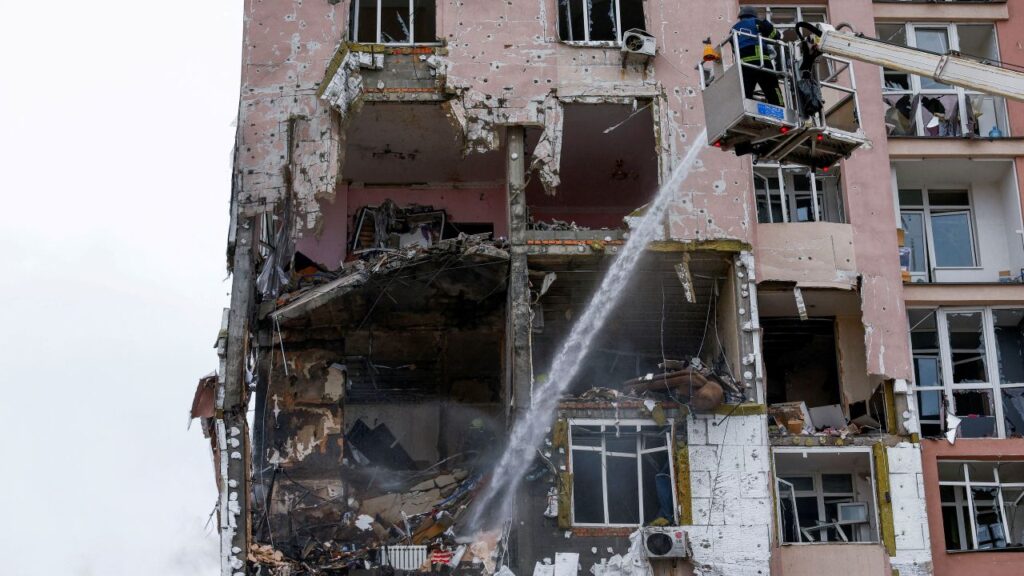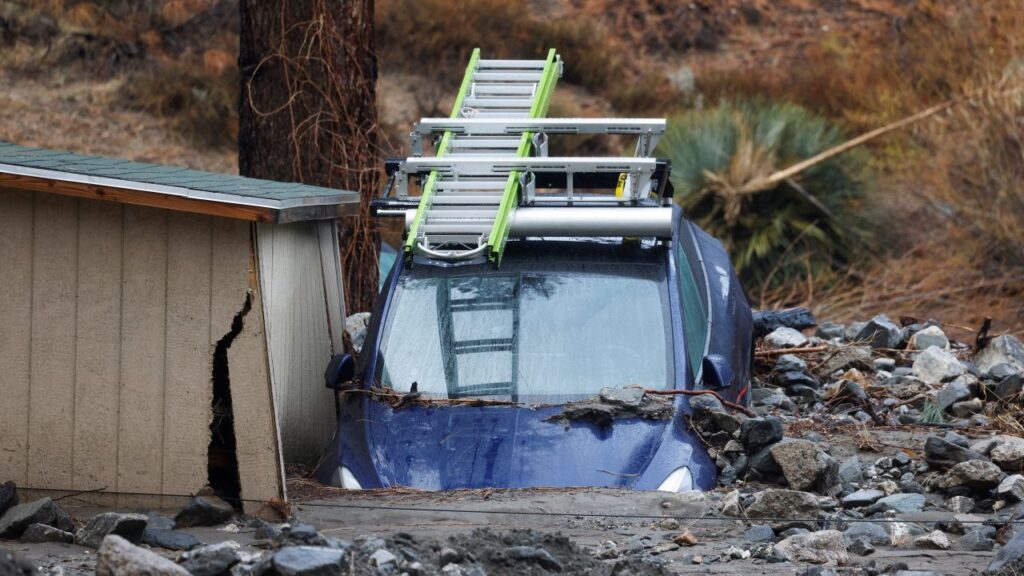Share
Californians will likely see the first doses of Pfizer’s new COVID-19 vaccine arrive between Dec. 12 and 15, Gov. Gavin Newsom said Thursday as he unveiled the state’s distribution plans for its initial allotment of 327,000 doses.
The coveted first batch is reserved for health care workers directly caring for COVID-19 patients in hospitals, including psychiatric and prison hospitals, residents and staff in long-term care facilities, paramedics and other emergency medical responders, and workers in dialysis centers, according to priorities set by state and federal health officials.
Others also could be prioritized for early doses depending on their risk levels, including home health care workers, laboratory employees, pharmacy staff and workers in community clinics.
“Help is on the way,” Newsom said at an otherwise bleak briefing where he also announced the strictest new “stay-at-home” measures in months to stem the state’s alarming surge in COVID-19 cases. “We have light at the end of the tunnel. This is not a marathon any longer, this is a sprint.”
California’s intensive care units are filling up, with parts of the state expected to reach capacity in the next few weeks. By Christmas Eve, California could be at 112% of ICU capacity, Newsom said earlier this week.
The state’s vaccine priorities align closely with those of a federal advisory panel that voted Tuesday to put health workers and nursing home residents first in line for the earliest vaccine doses.
Initially, though, there won’t be enough vaccine even for those in the priority groups.
California has more than 2 million health workers, including more than a million employed by acute care hospitals and another 333,000 who care for residents in nursing homes and assisted living centers.
As many as 400,000 Californians live in long-term care facilities like skilled nursing or assisted living. More than 5,000 Californians in skilled nursing facilities have died of COVID-19 since the start of the pandemic.
State and local health officials, and hospital leaders, will need to prioritize even among those most in need. For example, they may first immunize only front-line health workers over the age of 65 or those with chronic conditions that put them at higher risk of dying if infected.
Newsom warned today that the state would “be very aggressive” in enforcing that the first vaccine doses only go to high-priority groups and not the rich and well-connected.
“Those that think they can get ahead of the line, those that think that they have resources or relationships that allow them to do it, we’ll be monitoring that very closely,” he said. “The real heroes are frontline health care workers … the folks we must protect.”
The Logistics of Distributing and Storing Hundreds of Thousands of Doses of Vaccine
The Wall St. Journal reported today that because of supply chain obstacles, Pfizer expects to ship only about half of the 20 million doses it had originally projected to be available by year’s end. But Newsom said today he has “absolute confidence” that California will still receive all of the 327,000 doses allotted for its first shipment.
Those doses will be divided among six regions in the state. The highly populated Southern California region, including Los Angeles County, will be allowed nearly 127,000 doses while a region of 13 mostly rural counties must share about 8,600 doses.
The logistics of distributing and storing hundreds of thousands of doses of vaccine, while keeping it extremely cold, are daunting.
Under the oversight of California health officials, vaccine manufacturers will distribute the first Pfizer doses to county health departments and approved hospitals and health care systems that have the appropriate freezers and equipment to store the vaccine.
When the Moderna vaccine becomes available, it will be distributed through an intermediary company, McKesson Corp., Newsom said today.
Counties and health providers also will need to track immunizations, report them to state health officials and monitor for any severe side effects.
Separately, the federal government will deliver the first vaccine doses directly to long-term care homes through several commercial pharmacies, including Walgreens and CVS, under a program managed by the U.S. Centers for Disease Control and Prevention. The pharmacies will also provide staff to administer the immunizations and report them to the state public health department.
“This is a great first step,” Craig Cornett, CEO and president of the California Association of Health Facilities, a skilled nursing facility industry group, said of the decision to prioritize long-term care residents and staff. “The lack of prioritization for nursing homes at the beginning of the pandemic led to devastating losses, and we cannot let that happen again.”
Beth Biggs, vice president of client care for Consonus Healthcare, an Oregon health company specializing in pharmacy services for nursing homes, said her firm would likely deliver vaccine to about 80 California long-term care facilities, all existing clients, by the week before Christmas. The company had to stock up on ultra-cold freezers, she said.
“We’re full steam ahead,” Biggs said.
State Health Officials Are Expected to Announce Priorities for Other Essential Workers
But geriatrician Dr. Mike Wasserman remains concerned about the federal rollout of the vaccine for long-term care residents and staff. He cited the botched federal rollout of rapid-testing machines in nursing homes; California facilities could not use them at first because of state regulations.
“I’m gravely concerned that the federal approach to disseminating the vaccine is poorly thought out and could potentially worsen vaccine hesitancy,” said Wasserman, immediate past president of the California Association of Long Term Care Medicine.
State health officials are expected to announce priorities for other essential workers and at-risk Californians in the coming weeks as more vaccine doses become available.
At a vaccine community advisory group meeting Monday, Dr. Oliver Brooks, co-chair of California’s vaccine Drafting Guidelines Workgroup, said he understood the frustrations of those desperately advocating for early doses to go to teachers, farmworkers, the disabled, and others severely affected by the pandemic.
“If we had more,” Brooks said, “we’d give more.”
Shira Shafir, a UCLA associate professor of community health sciences and epidemiology, said the work is just beginning now that the vaccine finally is in sight for Californians. Health officials also must convince a potentially skeptical public that the vaccine is “safe and effective and necessary,” she said.
“We’ve only crossed the first hurdle,” Shafir said. “We have a Sisyphean task ahead of to make sure it gets into the arms of those who need it the most initially, and all of us eventually.”
CalMatters health care coverage is supported by grants from the Blue Shield of California Foundation, the California Health Care Foundation and the California Wellness Foundation.
By Barbara Feder Ostrov and Ana B. Ibarra
About the Authors
Barbara Feder Ostrov, Contributing Writer for CalMatters, has reported on medicine and health policy for more than 15 years. Ana is a Sacramento-based health reporter. She joined CalMatters in 2020 after four years at Kaiser Health News, where she covered California health care and policy.



















